 AWESOME SPACE TECH
AWESOME SPACE TECH

AWESOME SPACE TECH
 40
40
 AMAZING
AMAZING
 INFOGRAPHICS
INFOGRAPHICS
 FOR KIDS
FOR KIDS
Jenn Dlugos and Charlie Hatton

Library of Congress Cataloging-in-Publication Data Names: Dlugos, Jenn, author. | Hatton, Charlie, author. Title: Awesome space tech: 40 amazing infographics for kids / Jenn Dlugos and Charlie Hatton. Description: Waco, TX: Prufrock Press Inc., [2019] | Includes bibliographical references. | Audience: Age 9-12. Identifiers: LCCN 2018058058 (print) | LCCN 2019005521 (ebook) | ISBN 9781618218766 (eBook) | ISBN 9781618218759 (print) Subjects: LCSH: Outer space--Juvenile literature. | Outer space--Pictorial works--Juvenile literature. Classification: LCC QB500.22 (ebook) | LCC QB500.22 .D58 2019 (print) | DDC 520--dc23 LC record available at https://lccn.loc.gov/2018058058
2019 by Taylor & Francis Group
Cover, layout design, and illustrations by Micah Benson
All rights reserved. No part of this book may be reprinted or reproduced or utilised in any form or by any electronic, mechanical, or other means, now known or hereafter invented, including photocopying and recording, or in any information storage or retrieval system, without permission in writing from the publishers.
Notice: Product or corporate names may be trademarks or registered trademarks, and are used only for identification and explanation without intent to infringe.
ISBN: 9781618218759 (hbk)
DOI: 10.4324/9781003233190
Published in 2021 by Routledge 605 Third Avenue, New York, NY 10017 2 Park Square, Milton Park, Abingdon, Oxon OX14 4RN
First published in 2019 by Prufrock.Press Inc.
Routledge is an imprint of the Taylor & Francis Group, an informa business.
TABLE OF CONTENTS
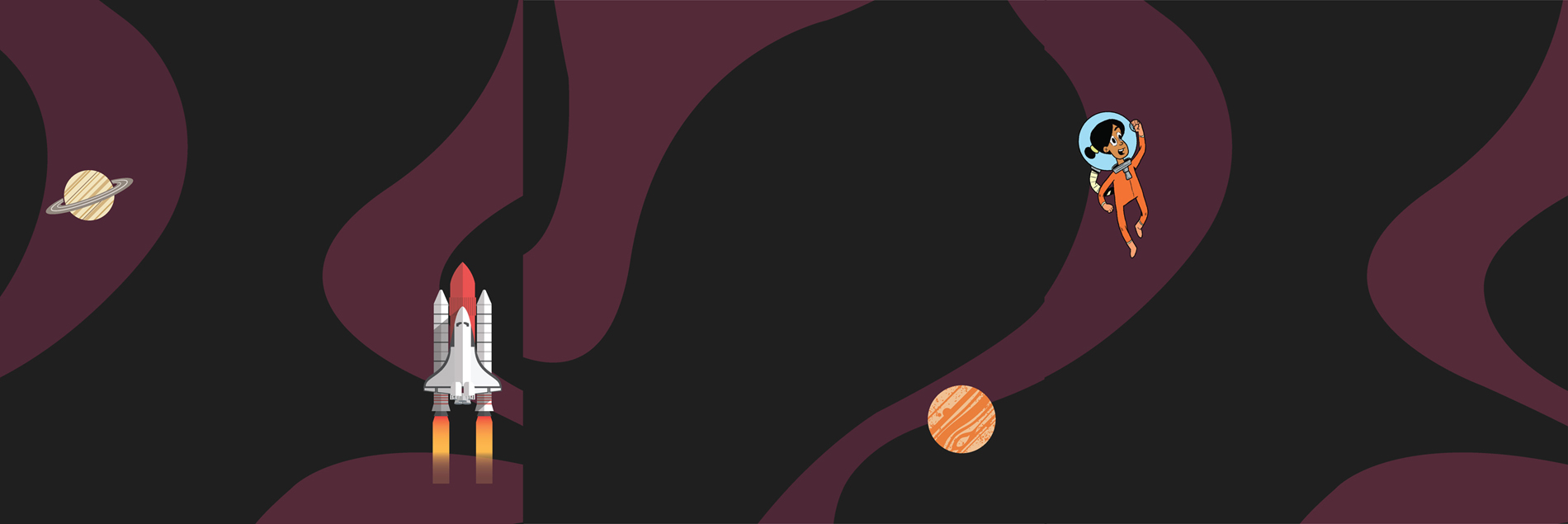
Guide
INTRODUCTION
Rings around Saturn. Texts on your ceil phone. Planets orbiting a faraway star. A cars navigation system. Galaxies spinning in the void. What do these things have in common? (Besides being the answers to the nerdiest Jeopardy! category ever, that is.)
The common thread tying all of these things together is space technology. Without our abilities to peer deep into space, to launch spacecraft into orbit and beyond, and to occasionally leave the comfort of Earths atmosphere ourselves, nothing on the list above would exist in our lives. (Of course, planets and stars and galaxies would still exist, somewhere out there. But without space tech, wed know almost nothing about them. Pretty twinkling lights are all wed see.)
Luckily, humans have managed to develop quite a lot of spacebased technology. The science behind telescopes is advancing all of the time, allowing us to look closer and see deeper into the wonders of space than ever before. Satellites of all shapes, sizes, and functions whiz around Earths atmosphere. Probes, rovers, space telescopes, and other craft explore the mysteries of our solar system and beyond. And manned missions, including those to the International Space Station, allow a lucky few to escape Earths atmosphere for a while and learn firsthand what living in space is like.
Of course, the technology used to cast our views, our craft, and ourselves into space is constantly changing. From the first small telescopes 400 years ago, to the first shaky space launches in the 1950s, to todays house-sized observatories and remote-controlled rovers scouring another world, space tech has evolved quickly and led to countless amazing discoveries.
In this book, well explore the world of space technologyhow it works, what its used for, whats new (and whats old), whats next, and how its changed the way we live. You might only see stars or blue sky when you look up, but theres a lot more happening up there and space tech (and the people behind it) is responsible. Lets have a look!
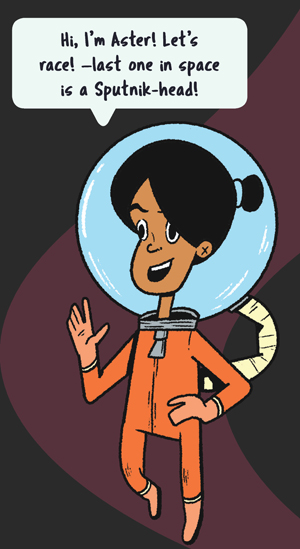
FUELS RUSH IN
It's a long way up to space. Whether you're putting a satellie in orbit, launching a probe, or visiting a space station, you need a rocket to get off the Earth and up there. And in the rocket, you'll need an awful lot of fuel. Here's most rockets use to give them oomph.
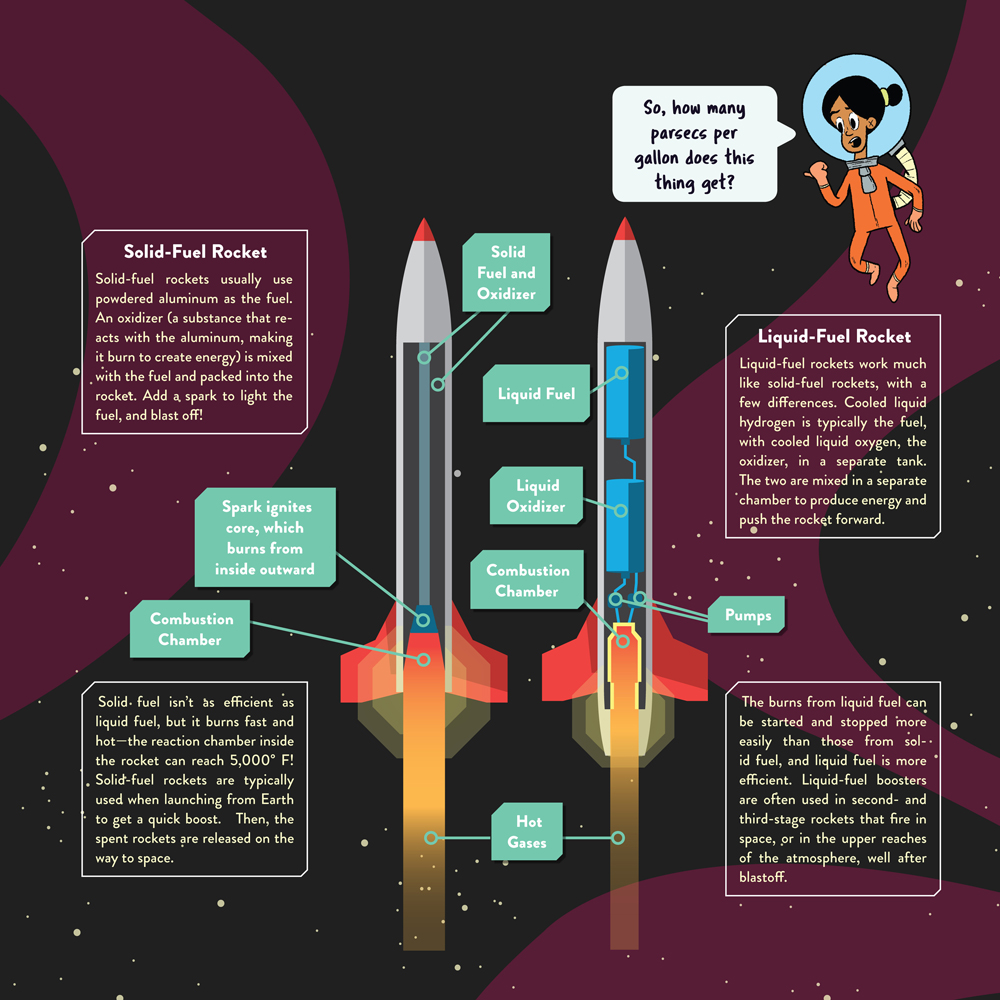
THE COOLEST ROAD TRIPS EVER
When you need to cruise along the surface of the moon or Mars, you need a cool set of wheels. Here are the distances traveled by the space rovers so far.
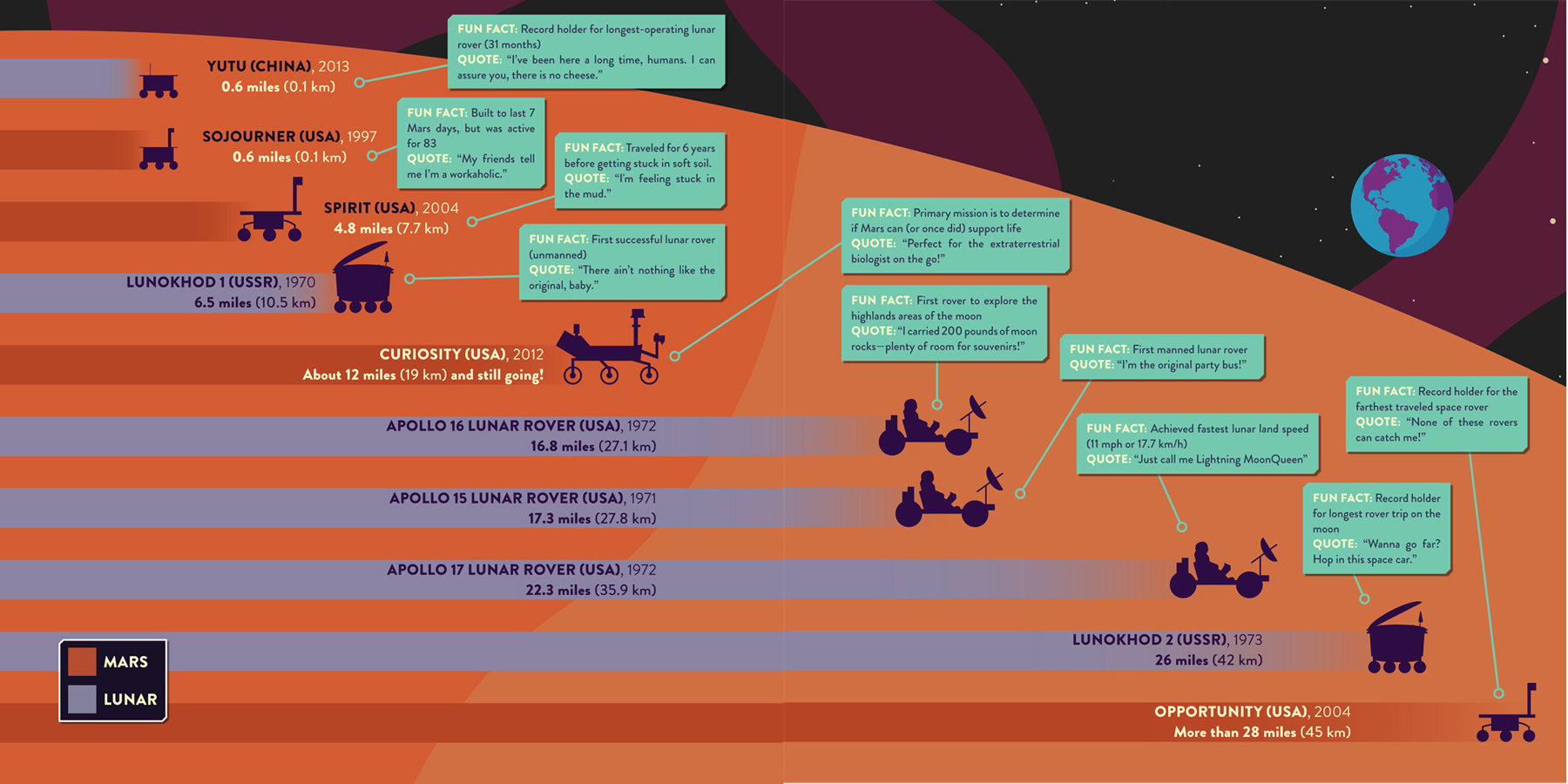
FASTER THAN A SPACEFARING BULLET
Measuring speed on Earth is easy enoughbut in space, speed depends on your point of reference. Are you traveling relative to Earth? Realtive to the sun? Realtive to the center of the galaxy? Whatever your reference point, the spececraft here are (or soon will be) seriously fast.
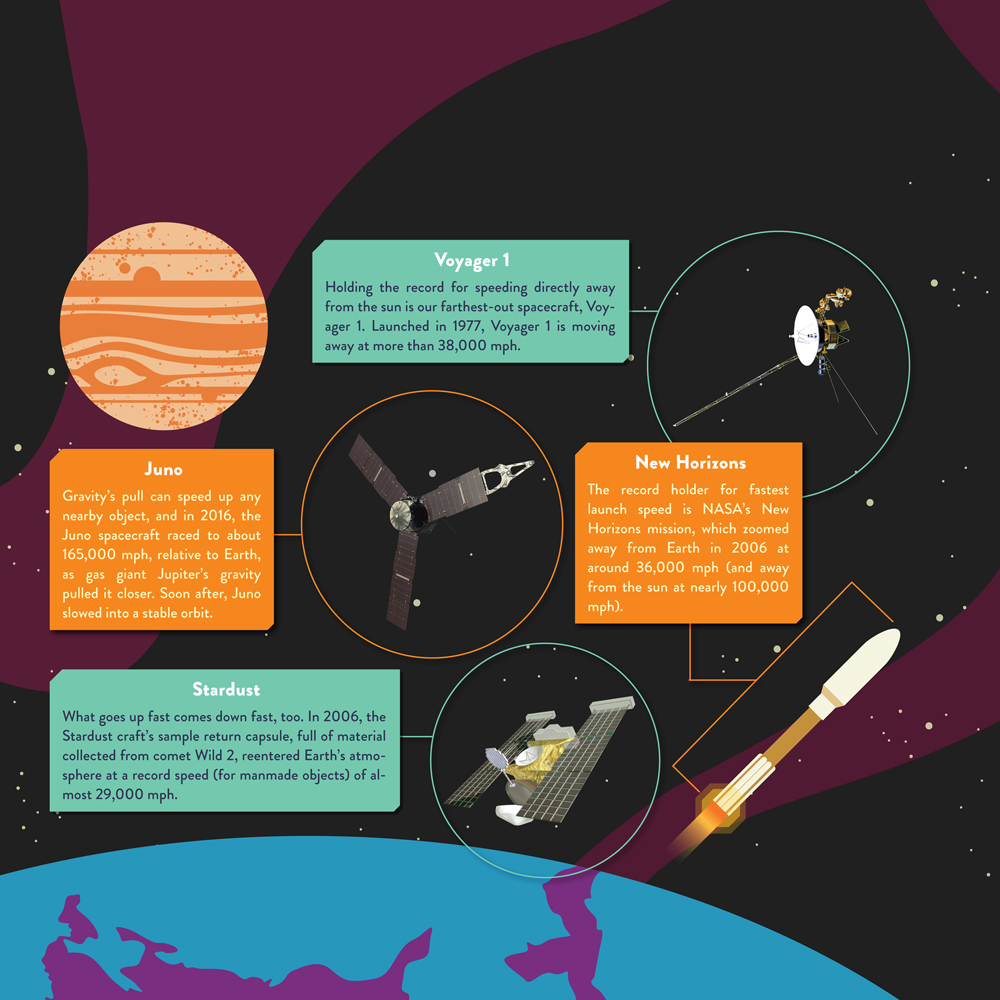
SOLID GOLD RECORD
When the Voyage program launched in 1977, NASA included a golden record inside of each craft that contains images, music, sounds, and audio greetings from Earth. On the cover of each record, there are visual instructions to help curious aliens figure out how to play it.
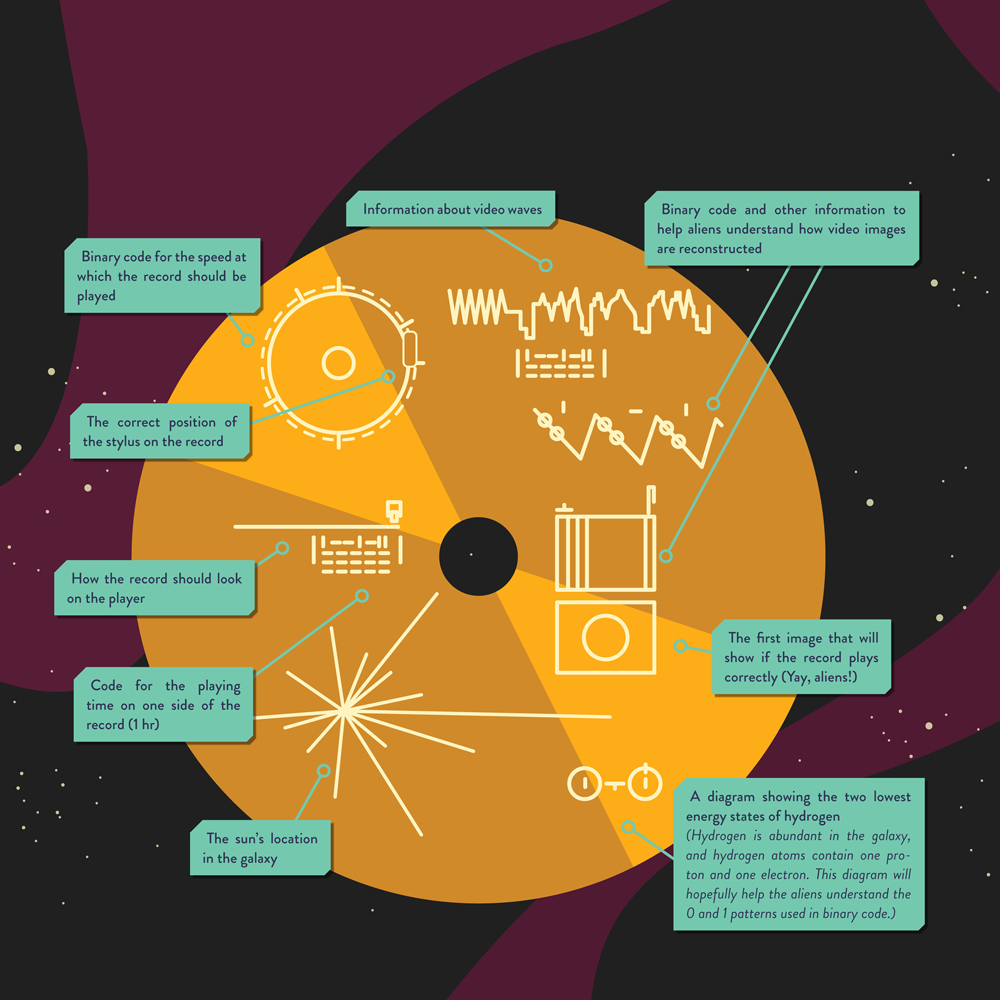
TO FIND WALDO, JUST CHECK YOUR WATCH
You may have heard of the Global Positioning System (or GPS)a network of satellites used to locate cars, planes, cell phones, and most anything else near the surface of the Earth. But did you know that the key to GPS is a set of incredibly accurate clocks zinging by overhead?
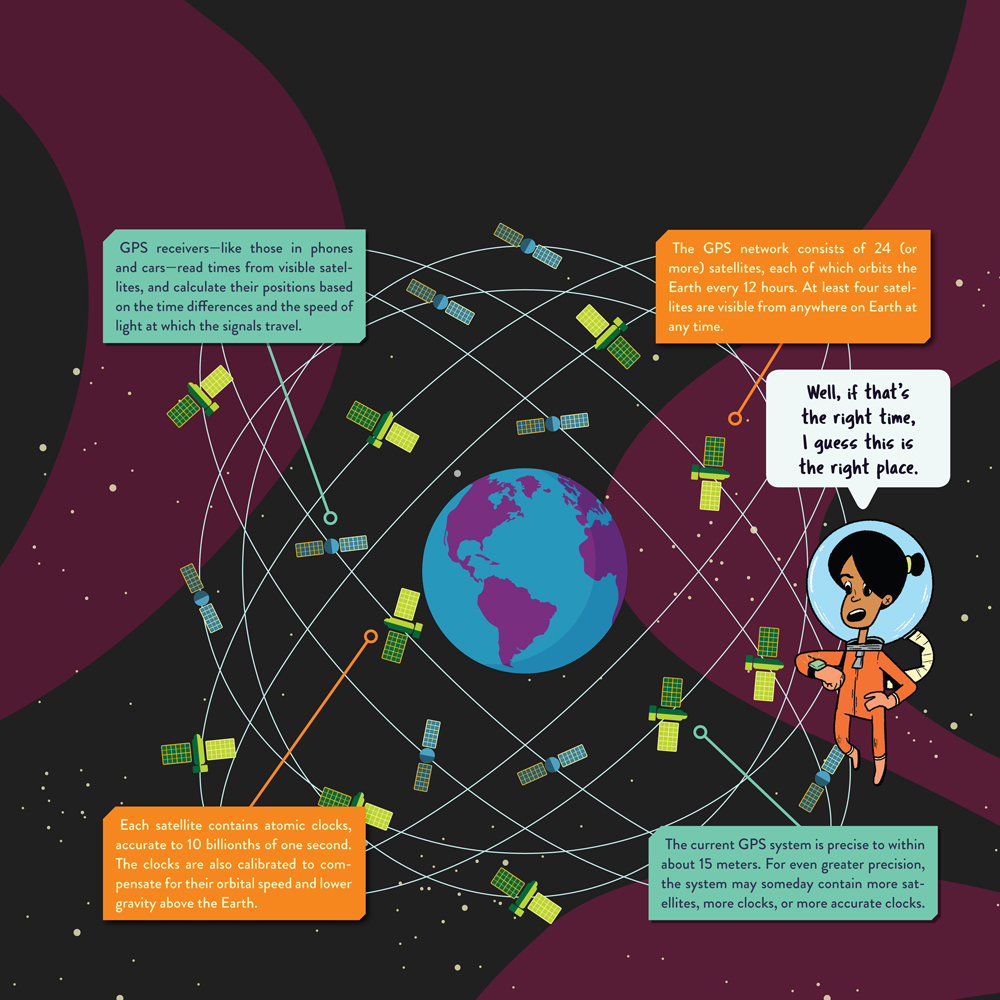
WEIRD AND WONDERFUL USES FOR GPS
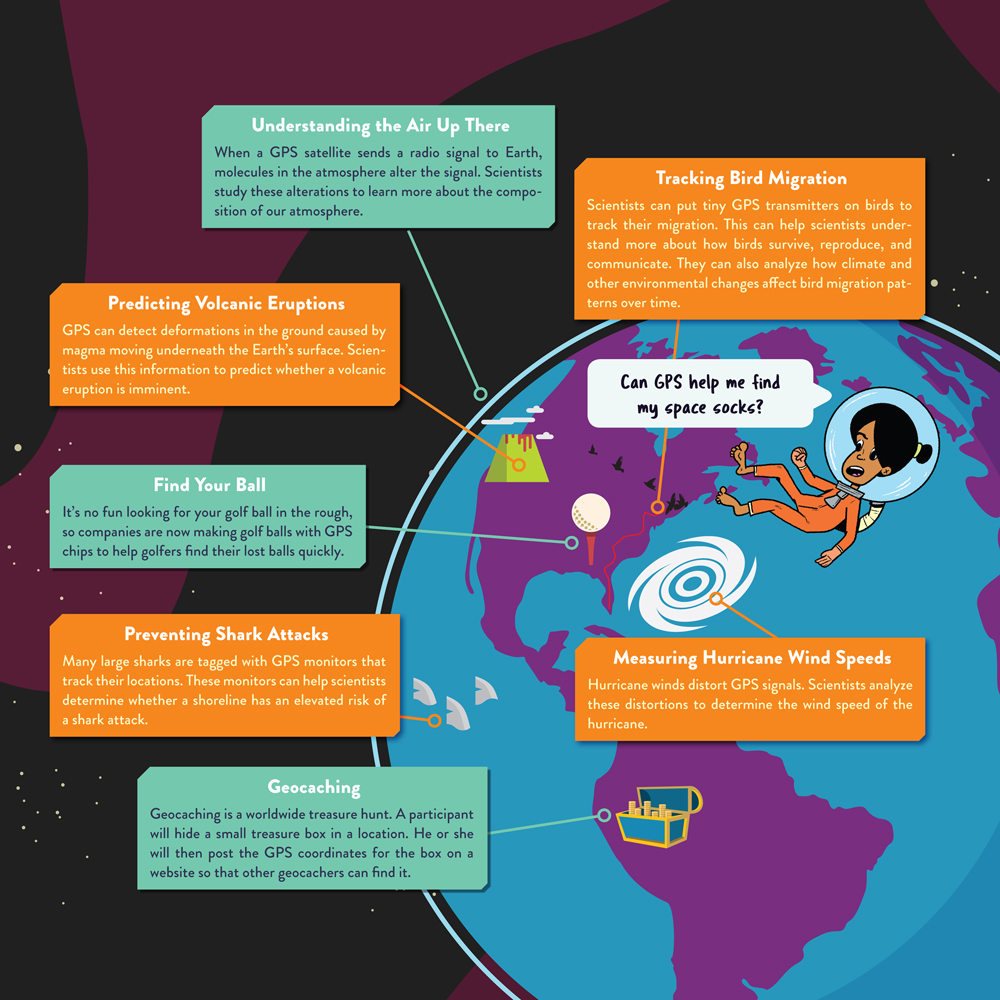
ALL THE WORLD'S A STAGE (BUT SPACE NEEDSTWO OR THREE)
Many rockets have just one stage, or an engine with a fuel source. But all rockets to date launched from Earth into space have been multistage rockets. Getting into orbitor beyondneeds that extra oomph! that multiple stages provide.

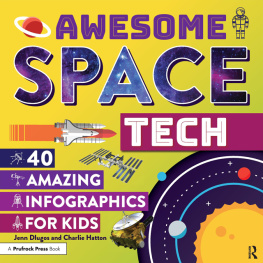
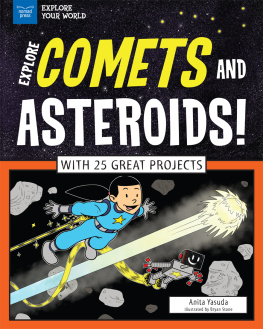
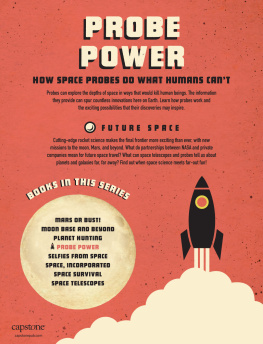
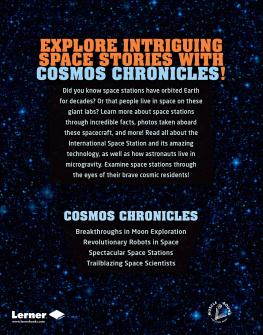
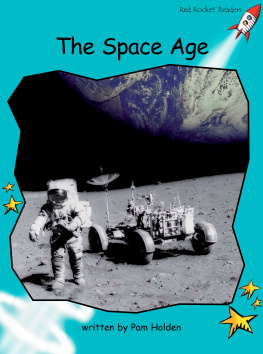
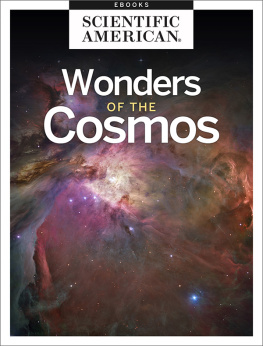

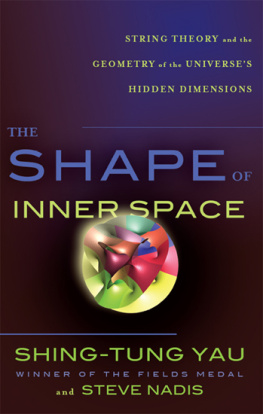
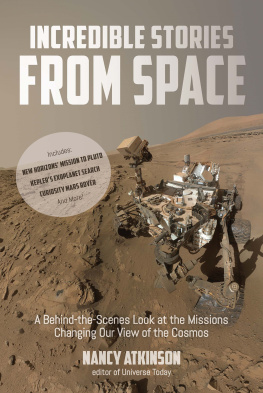



 AWESOME SPACE TECH
AWESOME SPACE TECH 40
40 AMAZING
AMAZING INFOGRAPHICS
INFOGRAPHICS FOR KIDS
FOR KIDS







